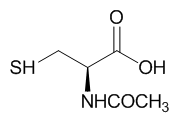
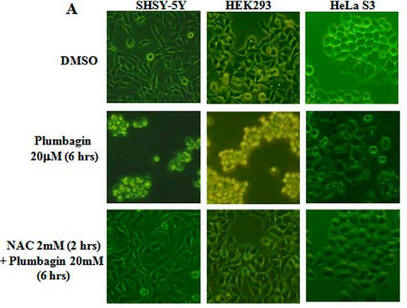
The following questions are based on data, graphs, and figures from the following article: Naphthoquinone-mediated Inhibition of Lysine Acetyltransferase KAT3B/p300, Basis for Non-toxic Inhibitor Synthesis. Mohankrishna Dalvoy Vasudevarao et al. The Journal of Biological Chemistry, 289, 7702-7717. March 14, 2014 . doi: 10.1074/jbc.M113.486522
1,4-Naphthoquinone derivatives are naturally occurring compounds that are present in the Plumbago and Diospyros plant genera and have a variety of biological activities. One such derivative, plumbagin, is a potent inhibitor of a particular lysine acetyltransferase, KAT p300 lysine acetyltransferases 3B/3A (p300/CBP). Some of the inhibitors are toxic to cells as they react with free RSH groups in cells and generate reactive oxygen species (ROS). An ideal drug would be nontoxic and an effective inhibitor/activator of a specific enzyme. Investigators synthesized a derivative (PTK1) of plumbagin which inhibit p300 and with much lower toxicity that plumbagin. How does it work?
Fig 1A: To study the toxicity of plumbagin, investigators dissolved it in the solvent DMSO + N-acetylcysteine (NAC) which scavenges ROS. They added these reagents to three different human cells lines, SHSY-5Y, HEK293, and HeLa S3 as shown below.


a. What effect did plumbagin have on cell toxicity?
Addition of plumbagin to the cells (row 2) clearly changes cell morphology, properties and numbers. One can infer that it leads to cell death.
b. What effect did NAC have plumbagin cell effects?
It is clear from Figure 1A row C that NAC prevents/interferes with the cytotoxic effects of plumbagin.
c. What did the investigators conduct an experiment just DMSO alone?
Plumbagin was dissolve in DMSO before it was added to the cells. To determine any observed cellular effects did not derive from DMSO, they conducted this experiment. DMSO, the “vehicle” that carried the drug, served as the control in this experiment.
Fig 1B. It has been shown that on DNA oxidative damage or breaks, one of the histones, H2AX is phosphorylated by a kinase, pI3K. Cells were treated as describe below (Plu = plumbagin_ and subjected to SDS-polyacrylamide gel electrophoresis. After the electrophoresis, a nitrocellluose membrane was placed on top and the proteins in the gel were electrophoresed into the membrane (a technique called Western blotting. Individual protein band were visualized by adding antibodies that recognized phosphorylated H2AXg, or histone H3 (without modification), followed by reagents that produce a dark band. Interpret the results. Why did the investigators do blots for unmodified H3?
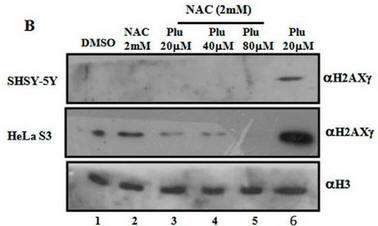
When Plumbagin was added to the cells without NAC (red boxed lanes), there was robust phosphorylation of H2AX gamma. Addition of NAC prevented the phosphorylation that arose with Plu in the absence of NAC. The third row across is another control which assure that the same amount of samples were loaded on the gel. H3 would not be expected to change in the short time course of the experiment.
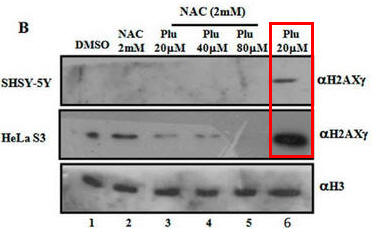
Fig 1C. What affect did plumbagin have on histone acetylation? Immuoblots were performed after plumbagin treatment in the presence or absence of NAC in the indicated cell lines as above using antibodies that recognized acetylated Lys 9 on H3 (H3K9), or histone H3 (without modfication). Does Plu inhibit H3K9 acetylation? How does NAC affect Plumbagin effect on acetylation?
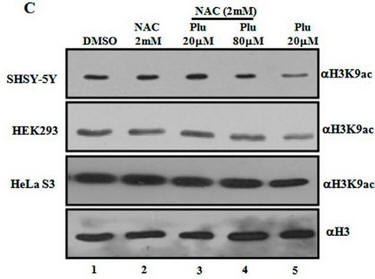
Plu appears to decrease the intensity of the bands when added in the absence of NAC. This suggests the Plu inhibits H3K9 acetylation by some mechanism. As in the previous experiment, NAC seemed to completely antagonize the effect of Plu in that it prevented Plu from decreasing acetylation (compare the red and green boxed lanes). NAC inhibited the inhibitory effects of Plu on H3K9 acetylation.
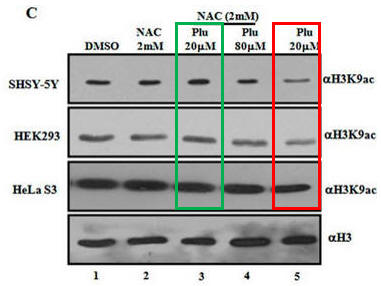
Fig 1D: Another inhibitor of H3K9 acetylation, isogarcinol (IsoGar) was studied by western blotting. Did NAC have same effect on H3K9 acetylation of cells treated with IsoGAr as those treated with Plu, shown in Fig 1C?
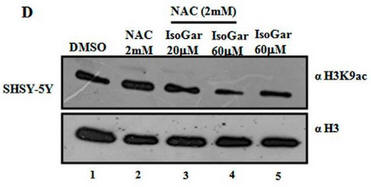
HINT | ANS
In contrast to the Blumgartin, another inhibitor, IsoGar, clearly inhibits acetylation of H3K9 but this inhibition is not relieved by NAC (see the red boxed lanes below).
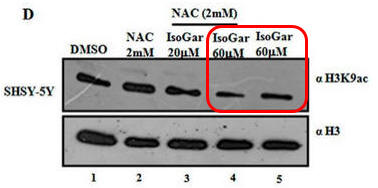
NAC seems to behave differently in the presence of two acetylation inhibitors. These results offer two possibilities for its effects. • ROS could lead to decrease acetylation of histones, and NAC, by decreasing ROS, restore acetylation. • Alternatively, plumbagin reacts with the RSH of NAC, which decreases it effect on KAT and restores acetylation.
Draw cartoon models that would reflect these two different scenarios using a line with an arrow to indicate activation or promotion of an activity, and a line with a blunt end to show inhibition. Also use and these symbols:

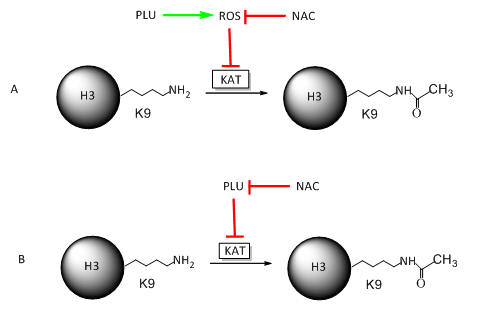
Investigators found no increase in ROS with purified KAT in a cell free in vitro produced no free radicals. Which of your models is more likely?
Model B above since Model A would lead to increased ROS such as peroxide or superoxide